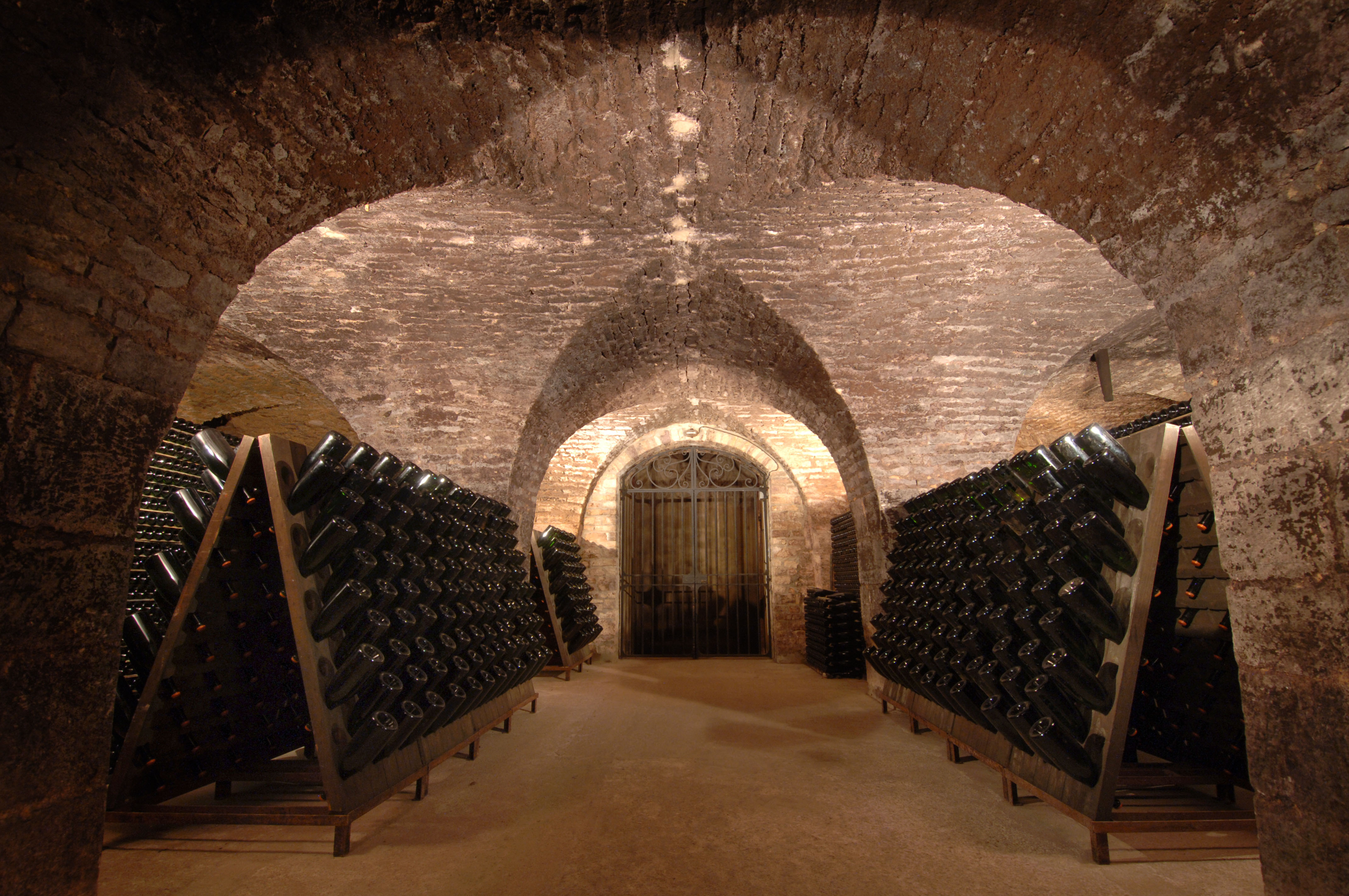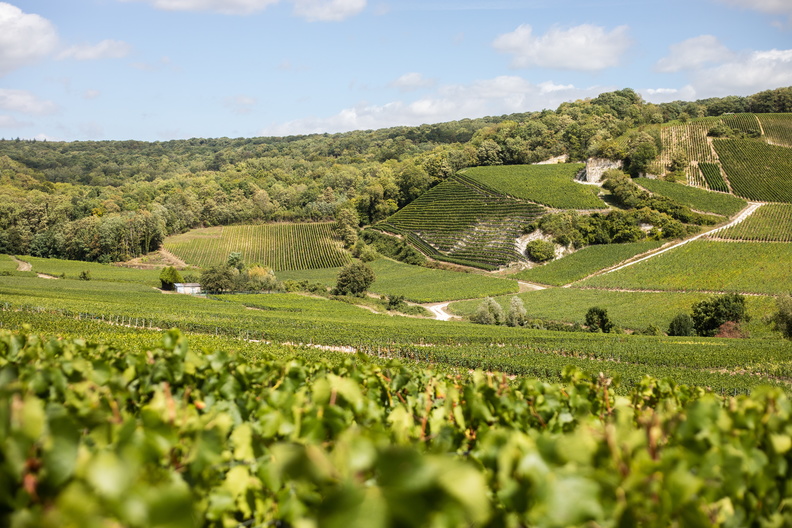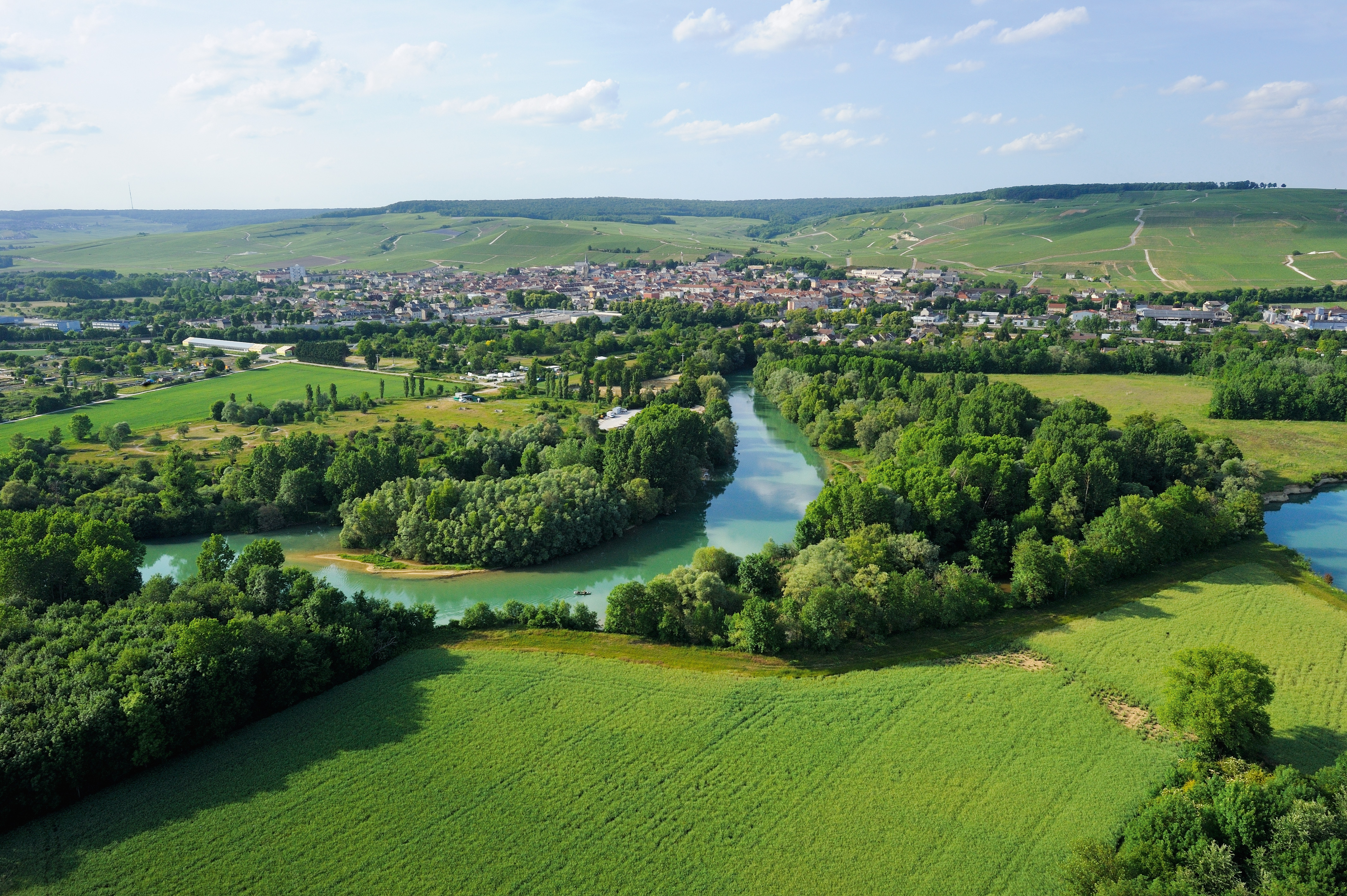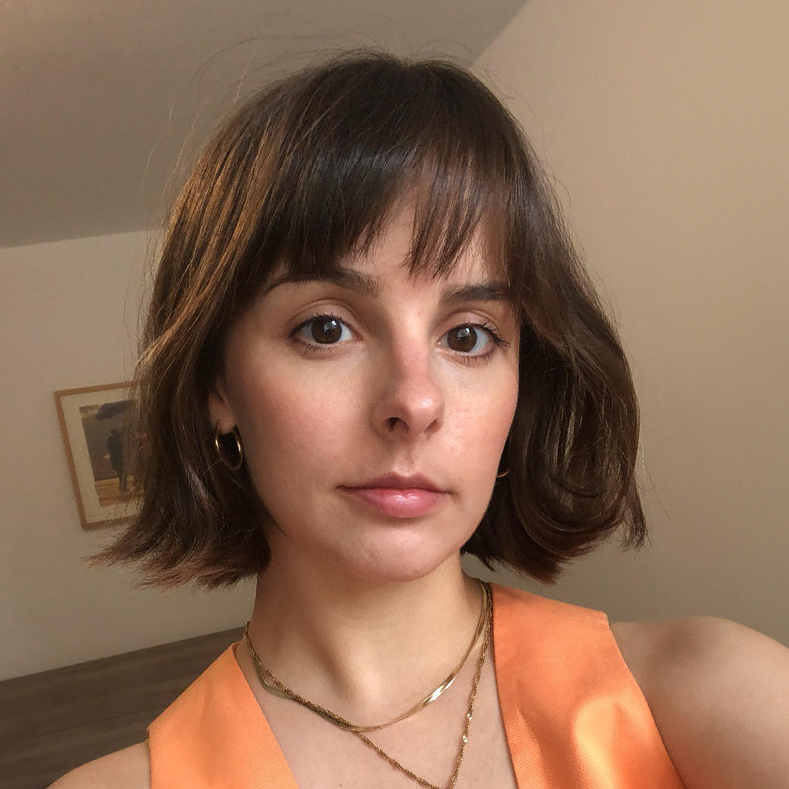'Champagne is not simply a place, it’s a symbol of excellence': How a quiet rural region shrugged off war, famine and pestilence to become the home of the ultimate luxury tipple
Ten years ago today the French region was recognised as a UNESCO World Heritage Site, but what did it take for Champagne to be listed and what’s changed for the area since then?


Proposals, weddings, christenings, graduations, Valentine’s day celebrations, sordid hotel room affairs and even some wakes. They all boast one commonality: the delicious pop and expensive hiss of a bottle of Champagne being opened. It’s the soundtrack to the most significant moments in our lives. ‘It embodies the French joie de vivre,’ Victoria Henson, the director of the Champagne Bureau UK, tells me, as we discuss the ten year anniversary of Champagne, which gave the drink its namesake, becoming a UNESCO World Heritage Site.
The Champagne Hillsides, Houses and Cellars were added to the list on July 4, 2015, in Bonn, Germany. The idea of listing the region as a World Heritage Site was, surprisingly, that of a student — the demographic least likely to be concerning itself with an alcohol of its calibre. Emilie Landau contacted the Champagne Committee in 2005 after she had completed an internship at UNESCO. The wine-growing landscapes were then added to the French Indicative List as a potential candidate and, ten years later, her idea became reality.
Being inscribed on the list strengthened the protection of the Champagne Appellation, gaining it more respect and making it possible to avoid future developments that could damage its image. It has also given the drink’s famous name a re-brand, bringing Champagne the region, and its rich and textured history, to the foreground — generating a boom in wine tourism.

Champagne looks idyllic, but due to its proximity to Paris the region has seen many invasions.
To make it on to the list a location must have ‘outstanding universal value’. This requires that it be ‘of such remarkable importance that it transcends national boundaries to belong to the whole of humanity’. ‘I like the word outstanding,’ says Anne Cabin Saint Marcel, a member of the scientific council of the UNESCO mission. ‘The area has a very specific climate and a very specific soil,’ she adds. ‘That soil is made of chalk — pure chalk — and the climate is semi-continental. Not all countries recognise that, but the British recognise that the combination of soil, weather, climate, orientation and know-how in the process of making the wines are unique.’ Combined with its steep and hilly topography, with slopes offering optimal sunlight and drainage of excess water, it’s a recipe for the best in sparkling wine-making.
But Champagne hasn’t always been all bubbles. Due to its proximity to Paris, the region has seen much conflict in its time. Its location near the Western Front during the First World War meant parts of it were in no man's land, and many locals took shelter from German artillery in the area’s wine cellars (known as crayères). Many vineyards were decimated and just as they had begun to grow back, the Second World War began, and they were trampled by troops again.

The region's chalky soil and steep, hilly topography offering optimal sunlight and drainage of excess water make it perfect for wine making.

Chardonnay, Pinot noir and Pinot Meunier grapes are all grown in Champagne.
‘The shopping region used to be known for that saddest period,’ Cabin Saint Marcel says. ‘Champagne, the region, thanks to the UNESCO listing, is now known also for what it is — the region where the Champagne beverage was born, and not just for the horrible fears of the world.’
The principal grapes grown in the region are Chardonnay, Pinot noir and Pinot Meunier. Pierre Cheval, who was the main champion of Champagne’s bid to be listed, said in 2015 in Bonn that the decision went ‘straight to the hearts of the women and men of Champagne,’ adding that the listing also showed that ‘quite simply, being happy and celebrating is legitimate in today’s world’. And celebrating is key to Champagne’s culture — the region is marking the anniversary with a series of stylish events, including a banquet complete with a firework display.
Exquisite houses, the beauty of Nature, and how to get the most from your life, straight to your inbox.
The locals will be raising a glass. ‘Champagne is not simply a place, it’s a symbol of excellence, shaped by centuries of dedication to the craft,’ Emmanuelle Giraud, a 13th generation wine-maker of Champagne Henri Giraud says. ‘Champagne has such a rich heritage,’ adds Henson of the Champagne Bureau. ‘It’s seen many struggles, diseases, world wars, economic crises, but it’s always shown continued resilience… that comes down to the people of Champagne.’
Lotte is Country Life's digital writer. Before joining in 2025, she was checking commas and writing news headlines for The Times and The Sunday Times as a sub-editor. She has written for The Times, New Statesman, The Fence and Spectator World. She pens Country Life Online's arts and culture interview series, Consuming Passions.
